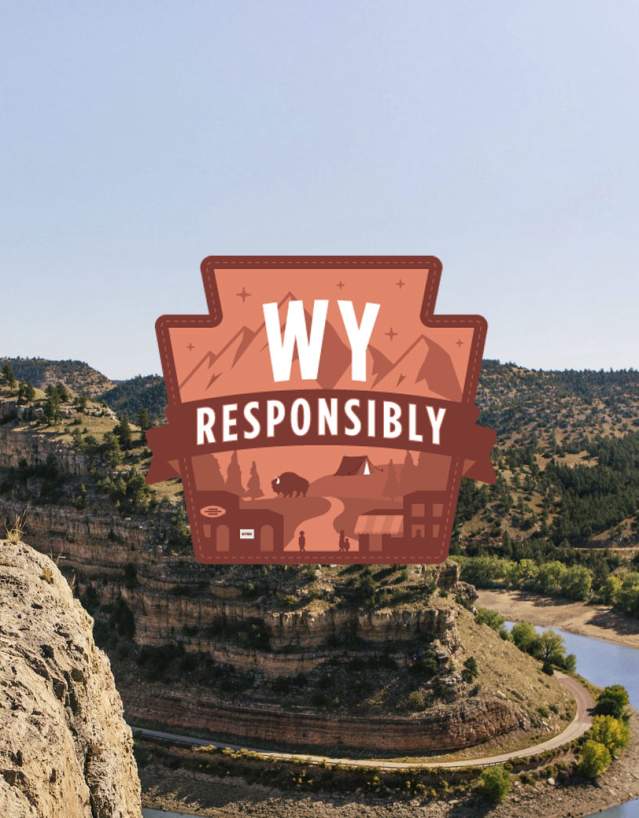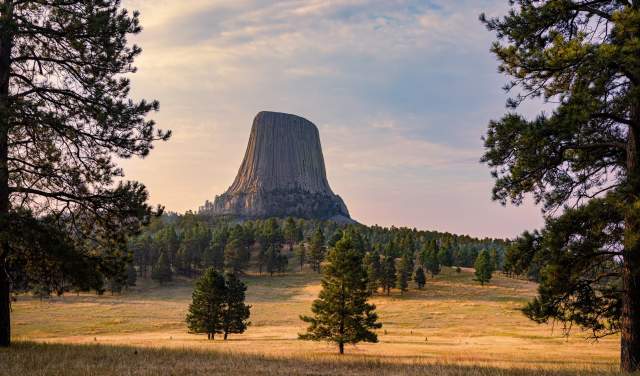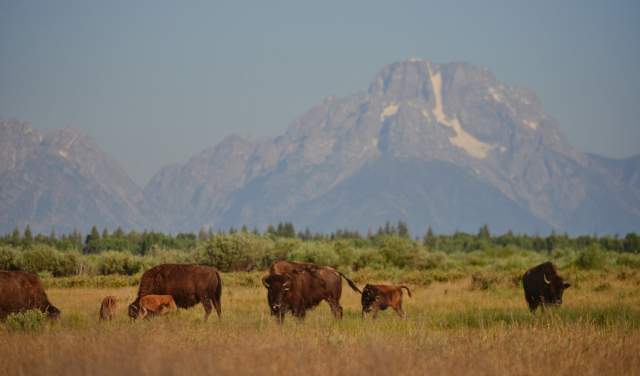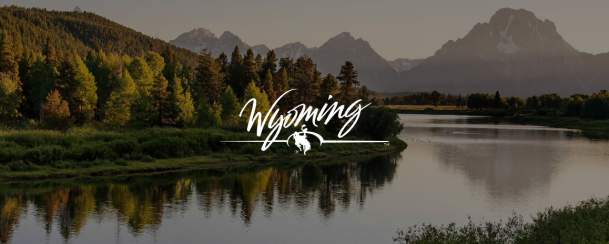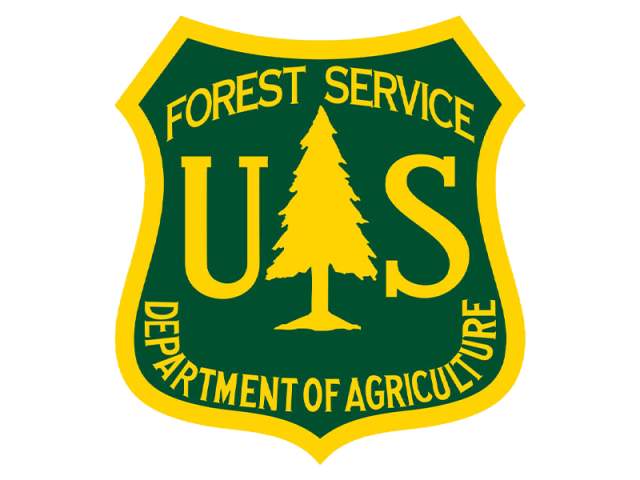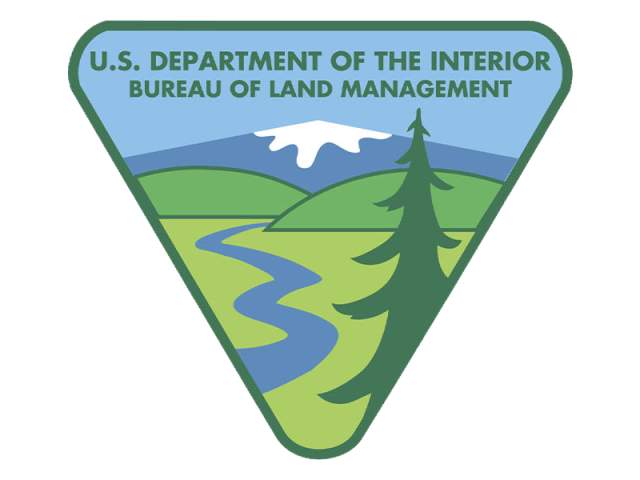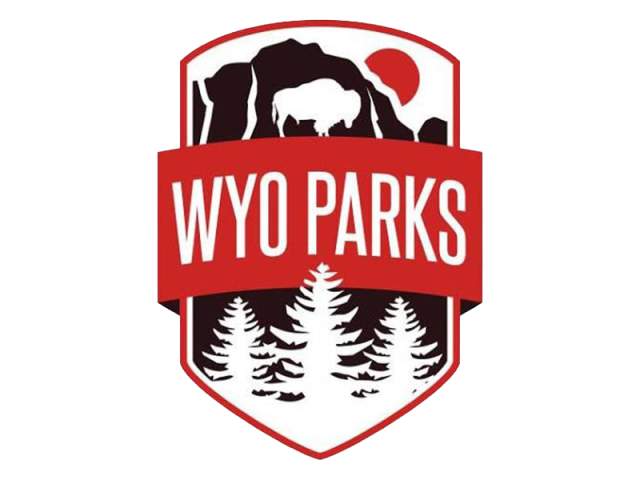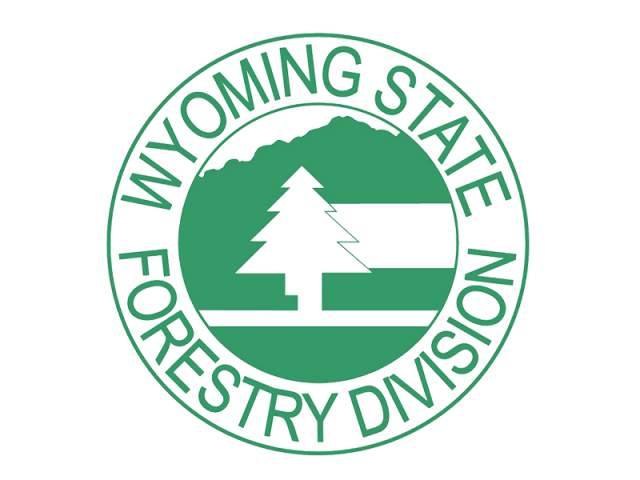Your browser is not supported for this experience.
We recommend using Chrome, Firefox, Edge, or Safari.
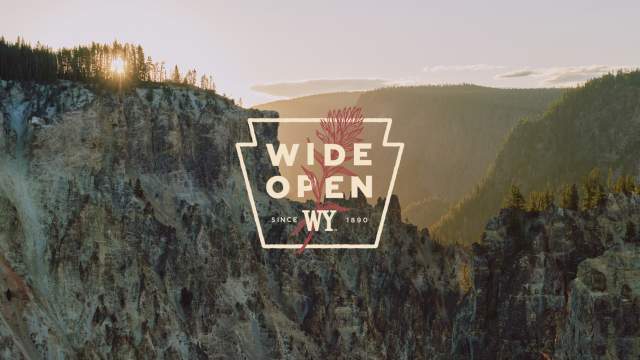
Wyoming's National Parks, Monuments & Historic Sites Are Ready & Welcome
This summer, as always, visitors to Wyoming can count on the same unforgettable experiences they have come to expect.
Be informed. Be smart. Be prepared.
In Wyoming, the adventure is always on. Luckily, there’s a whole herd of ways to keep the pressure off our wild wonders and welcoming communities. Here’s how to ensure your adventure is safe, and good for all the people and all the places you encounter along the way. Come explore, responsibly, with these helpful travel tips.
-
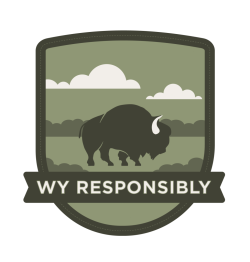
Keep your distance, keep them wild
Wyoming’s wildlife is plentiful and powerful. Always follow these wildlife-viewing rules to keep yourself—and all wildlife—as safe as possible.
-

Be Adventure-Ready
Wyoming’s wide-open spaces make for epic camping and hiking. Before you set out, here are a few things to keep in mind while enjoying public lands.
1. Plan ahead.
Make camping reservations early for reservable sites, and be flexible with plans. If a parking lot is full, be ready to seek different trails and lesser-known experiences.
2. Keep it clean.
Be prepared to not have access to trash cans or restrooms, especially when recreating in national forests. Bring your own garbage bags and take all trash with you when you leave, including pet waste. The snow might cover it now, but that doesn’t mean it won’t surface in the spring. Learn more.
3. Set for the season.
Respect fire bans in place, choose a campsite with pre-existing fire rings whenever possible and never leave your fire unattended. Make sure you have plenty of water available to put out your fire; you’ll need to completely extinguish it at night and before you leave camp. Learn more.
-
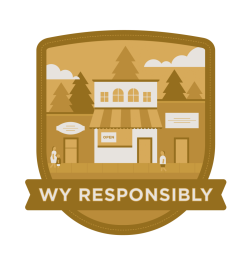
Explore like a Local
There’s nothing quite like the big Western hospitality of smalltown Wyoming. So don’t just pass through. Here are a few ways to slow down, dig in and experience all the charm of the true frontier.
1. Shop small.
Support Wyoming communities by choosing locally-owned businesses when shopping, dining and exploring the state. Visit lesser-known areas to discover something new while giving heavily-trafficked areas a break and showing smaller communities more love. Learn more.
2. Have a plan.
Do your research and make sure you have a plan B. Be prepared for spotty cell service and Wi-Fi by having maps and back-up plans ready. Understand what type of land you plan to recreate on, as amenities and regulations vary from national parks to national forests and other types of public lands. Learn more.
3. Drive safely.
Winter storms can develop quickly. Before hitting the road, check weather conditions along your route and make sure your vehicle is in proper working order. Always observe posted speed limits, and use pullouts to watch wildlife, take pictures and let other cars pass. Keep in mind that gas and service stops might be few and far between, so fill up when you can. Find more winter road trip tips here.
Learn More About Mindful Travel
Experiencing the Wild West Responsibly
- 7 min read
Avoid These 6 Common Mistakes When Visiting Wyoming's Wild Spaces
- 5 min read
Wyoming Wildlife Safety Tips
- 11 min read
Working Together to Keep Wyoming Safe
The helpful tips featured on this page come to you with insights from the National Park Service, the U.S. Forest Service, the Bureau of Land Management, Wyoming Game & Fish, Wyoming State Parks and Cultural Resources, Wyoming Office of Outdoor Recreation, Wyoming State Forestry Division, Wyoming Office of State Lands and Investments, Wyoming Business Council and Wyoming Department of Transportation.
Show us how you #WYRESPONSIBLY
Are you a mindful traveler? Tag us in your Instagram photos using #WYresponsibly to share the adventure and encourage sustainable experiences. #WYRESPONSIBLY
